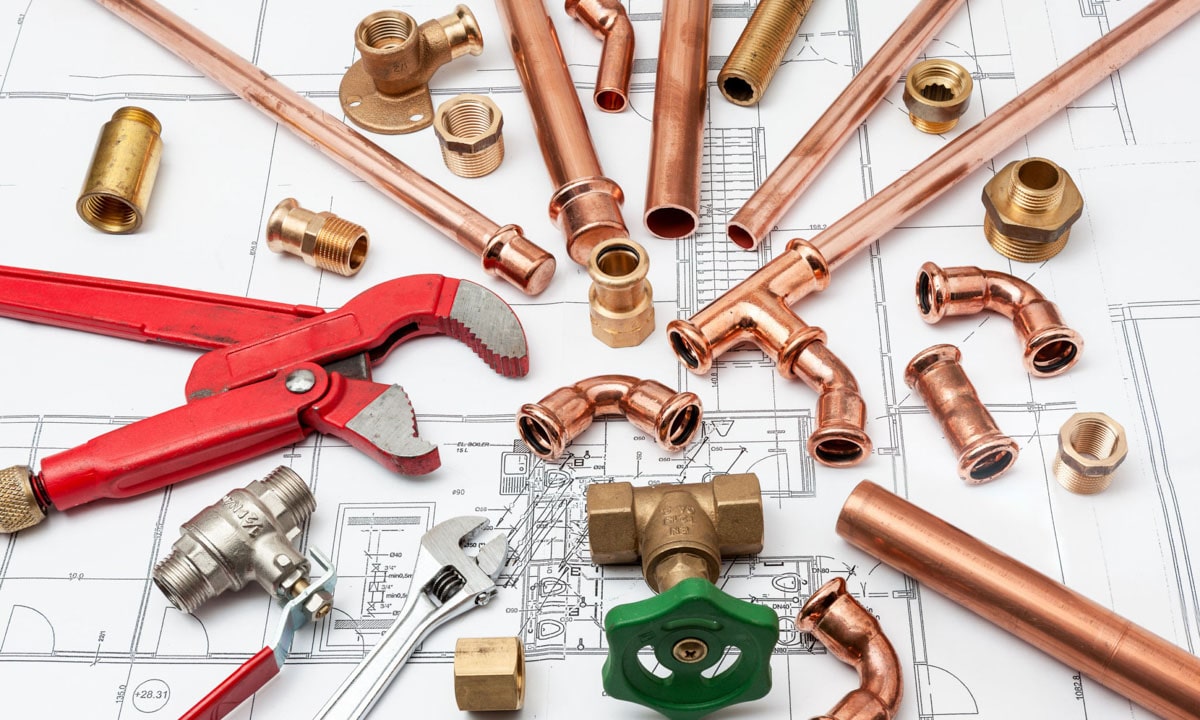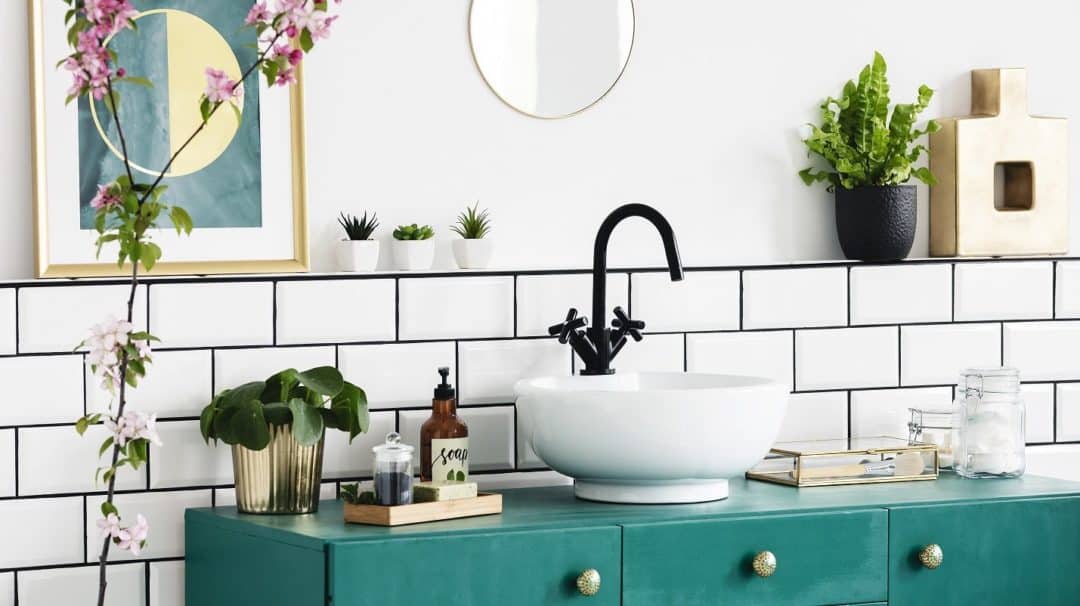Do you find yourself hunting for suggestions about The Future of Plumbing: Trends and Innovations to Watch?

Intro
The pipes industry is undergoing a transformative phase driven by technological advancements and expanding worries for sustainability and effectiveness. This write-up checks out emerging patterns and innovations shaping the future of pipes.
Smart Pipes Equipments
Including clever modern technology right into pipes systems makes it possible for remote surveillance, leakage detection, and automated maintenance. Smart sensors and IoT (Internet of Things) devices allow homeowners and plumbing professionals to check water use and identify concerns in real-time, bring about extra reliable resource administration and positive upkeep.
Water Performance Solutions
With increasing emphasis on water conservation, cutting-edge services are being developed to lessen water wastefulness in pipes systems. High-efficiency components, greywater recycling systems, and clever irrigation controllers are among the innovations helping consumers reduce their water footprint while keeping convenience and benefit.
Sustainable Products
The change towards sustainability encompasses pipes products, with a growing choice for green choices. Naturally degradable piping materials, such as PEX (cross-linked polyethylene) and HDPE (high-density polyethylene), deal sturdiness and resistance to corrosion without endangering ecological integrity.
Anticipating Maintenance
Anticipating maintenance strategies leverage information analytics and artificial intelligence algorithms to prepare for and avoid plumbing problems prior to they occur. By analyzing historic information and efficiency metrics, predictive maintenance algorithms can recognize patterns and anomalies, making it possible for positive treatments to avoid pricey fixings and disturbances.
Increased Truth in Pipes
Augmented Fact (AR) technology is transforming plumbing by giving professionals with real-time visual advice for fixing and repair jobs. AR-enabled smart glasses or mobile applications overlay digital details onto the physical environment, assisting plumbers picture pipeline formats, determine covert leaks, and perform fixings with accuracy.
Effect of 3D Printing
The introduction of 3D printing has introduced brand-new possibilities in making pipes parts. From custom-made components to detailed pipeline fittings, 3D printing permits quick prototyping and on-demand production, reducing lead times and allowing greater modification in pipes style.
Health and Safety Features
In action to enhanced problems for health and safety, pipes fixtures are incorporating features such as antimicrobial surface areas, touchless procedure, and self-cleaning mechanisms. These technologies not only improve health yet also promote individual comfort and benefit.
Hygiene-focused Fixtures
Touchless taps, self-sanitizing bathrooms, and antimicrobial surfaces are ending up being increasingly widespread in domestic and commercial settings, reducing the danger of germ transmission and promoting a cleaner, much healthier setting.
Water High Quality Surveillance
Developments in water high quality monitoring modern technologies allow home owners to keep an eye on the pureness and safety of their water supply in real-time. Smart water high quality sensors can find pollutants, pH levels, and temperature level variants, equipping individuals to take proactive steps to guarantee water safety and security.
Remote Plumbing Solutions
Remote diagnostics and online support are transforming the method plumbing solutions are delivered. With video clip conferencing and remote accessibility technologies, plumbers can repair problems, offer assistance for DIY repair services, and also execute remote evaluations, using higher accessibility and comfort to property owners.
Obstacles and Opportunities
While pipes advancements hold immense promise, they likewise existing obstacles such as information personal privacy problems, regulative compliance, and the requirement for labor force training. Attending to these obstacles requires partnership in between industry stakeholders and regulatory bodies to make certain secure and responsible implementation of new innovations.
Regulatory Landscape
Regulative frameworks play an important function fit the adoption of plumbing technologies, with criteria and codes governing everything from water efficiency to item security. As modern technologies continue to evolve, regulatory bodies should adapt to guarantee consumer protection and environmental stewardship.
Future Expectation
The future of pipes is identified by continued innovation and integration with various other markets such as IoT, renewable resource, and building automation. By accepting sustainable practices, leveraging arising technologies, and focusing on user-centric layout, the plumbing market is poised to attend to the progressing needs of society while minimizing its environmental footprint.
Conclusion
Finally, the future of pipes is specified by a convergence of modern technology, sustainability, and user-centric style. By welcoming wise remedies, sustainable products, and positive maintenance techniques, the pipes industry can improve performance, advertise security, and contribute to a much more lasting future.
Plumbing Technology Trends 2024: Shaping a Sustainable and Efficient Future
Plumbing Technology: A Beacon of Innovation
Intelligent Plumbing Systems: The adoption of smart plumbing solutions offers unparalleled control over water usage, preventing waste and ensuring optimal efficiency. These systems can be installed by qualified contractors and may require technicians with expertise in new codes for proper functionality. Eco-Friendly Piping: Innovations in piping materials, like PEX and recycled content options, are making plumbing systems more sustainable. These materials are not only better for the environment but also durable and flexible, making them easier to install and less likely to need repairs. Automated Leak Detection: New plumbing technologies include systems that can automatically detect leaks. This is a big deal because it means we can fix them before they cause a lot of damage or waste too much water. It’s all about catching problems early and saving resources. Energy-Efficient Water Heaters: There’s also a big push towards devices that use less energy. This includes solar and tankless models, which provide hot water only when it’s needed, cutting down on energy use and costs. Plumbers: Champions of Sustainability
Adopting Green Practices: Contractors who specialize in sustainable plumbing can ensure your system meets the latest regulations and utilizes efficient valves. They undergo comprehensive training programs that emphasize sustainability in practices like eco-friendly installations. Water Conservation Efforts: Through the installation of high-efficiency appliances, plumbers are essential in reducing water consumption and promoting conservation. When repairing or replacing older fixtures, plumbers can recommend high-efficiency options that comply with local codes. Pipe: The Lifeline of Modern Plumbing
Innovative Pipe Solutions: The use of environmentally friendly and durable materials in pipes, like PEX and recycled content options, reduces the ecological footprint and enhances water quality. These innovative pipe solutions may require specialized repair techniques from qualified plumbers familiar with the materials. Advanced Leak Detection: Modern pipes are now more frequently equipped with sensor technology that can identify leaks early, conserving water and preventing damage. Early leak detection can save homeowners money on repair costs and potential water damage. Water Heater: At the Forefront of Efficiency
Renewable Energy Heaters: Solar heaters and other renewable energy-powered models are becoming more common, offering an eco-friendly alternative to traditional methods. These benefit the environment but can also potentially lead to lower water bills through reduced energy use. On-Demand Heating: Tankless heaters have gained popularity for their ability to provide hot water as needed, minimizing energy waste. This innovative technology eliminates the need for a large storage tank, freeing up valuable space and simplifying the installation process for qualified plumbers. https://intownplumbingtx.com/articles/plumbing-technology-trends/

We hope you enjoyed our post on 7 Plumbing Industry Trends You Need To Know. Thank you for taking the time to browse our content. Please take a moment to distribute this post if you enjoyed reading it. Thanks for being here. Return soon.
Call Today